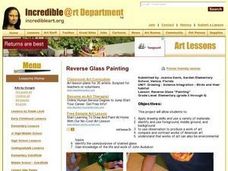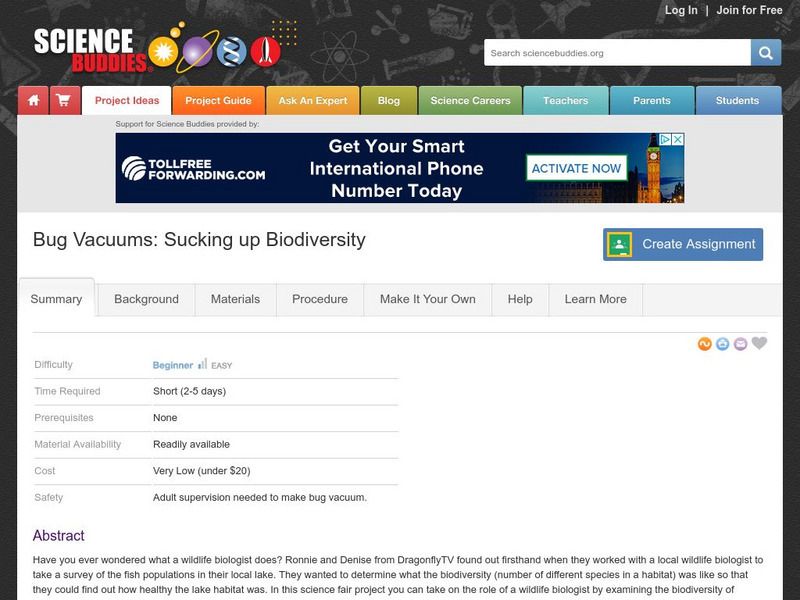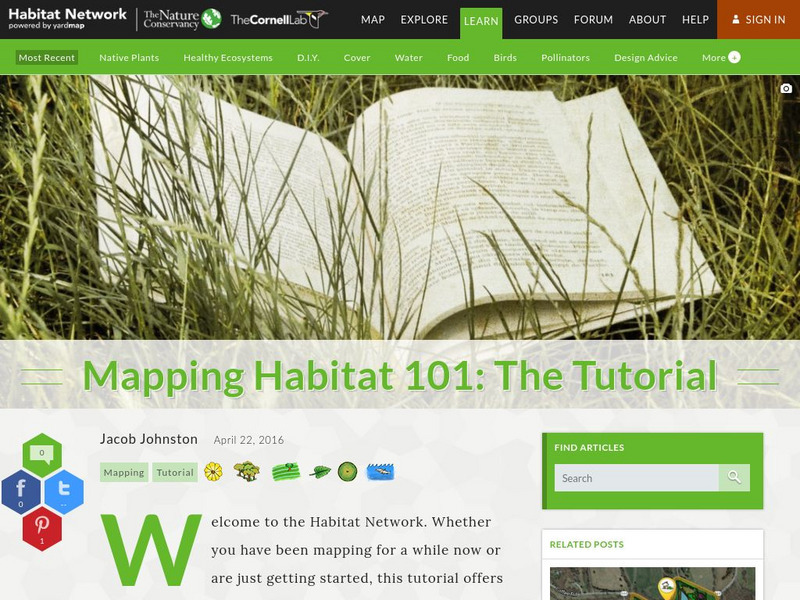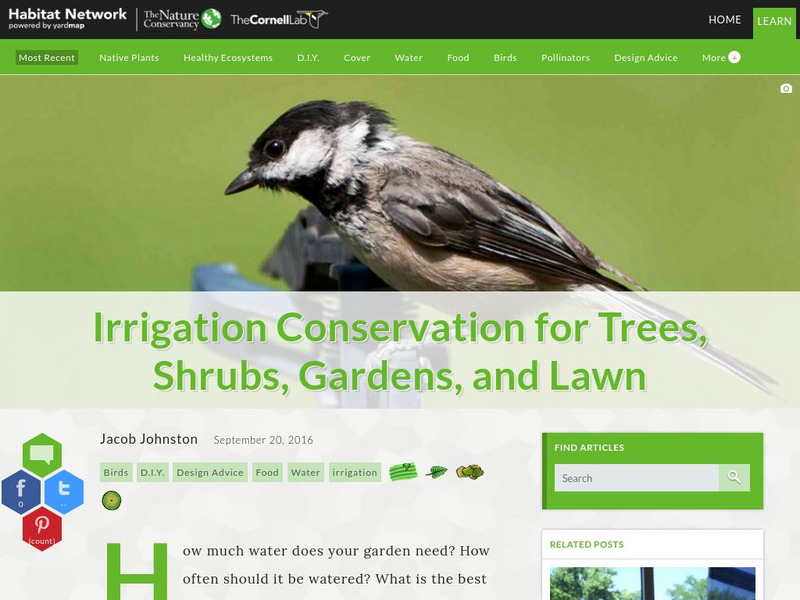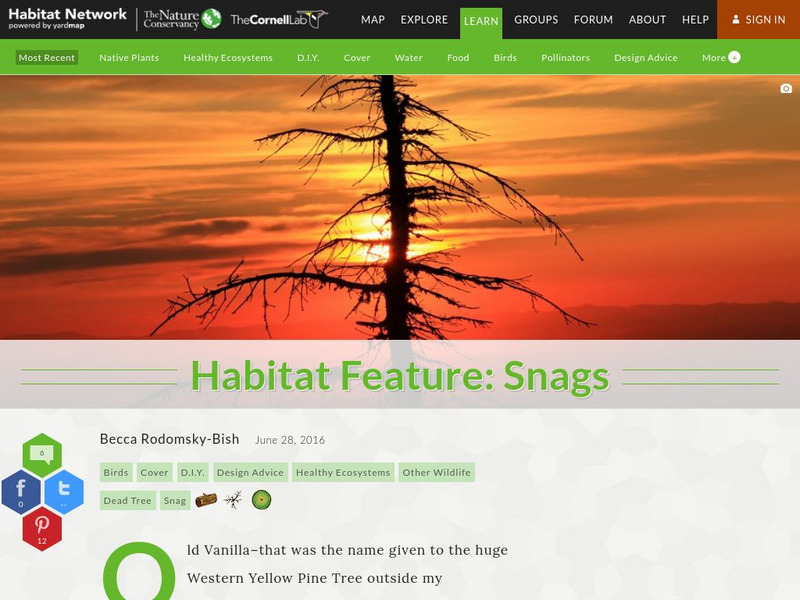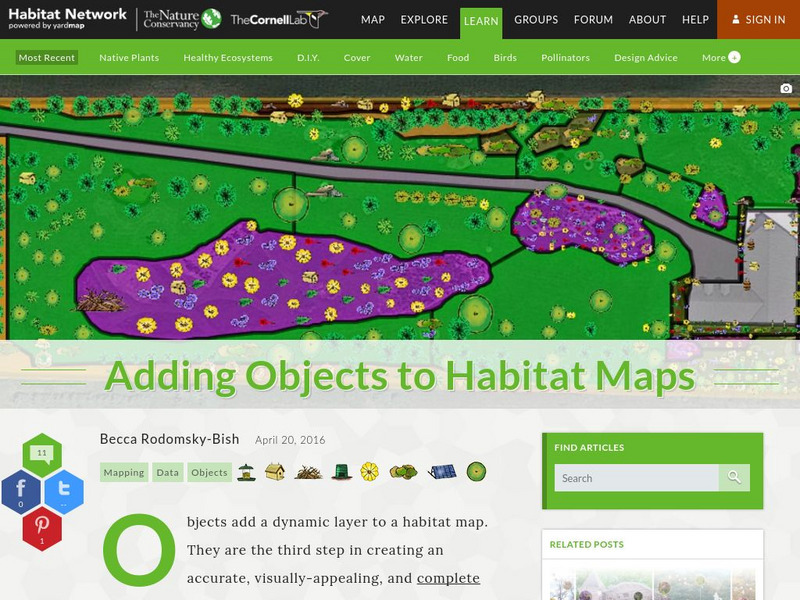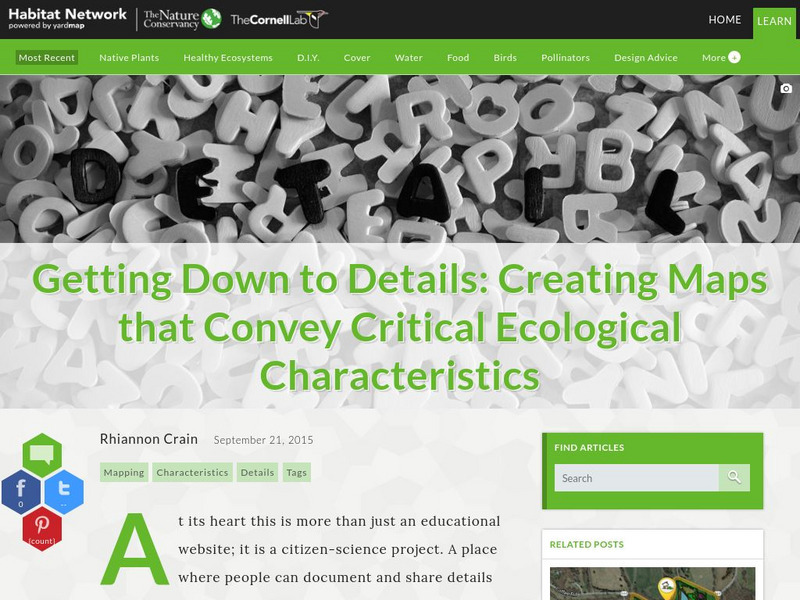Curated OER
Rikki-Tikki Research
Fourth graders perform a search on mongooses on Internet Explorer and answer research questions.
Curated OER
Reverse Glass "Painting"
Students examine the life and works of John Audubon. They compare and contrast various pieces of art and identify the purposes of stained glass. After observing his art, they create their own stained glass creation using the concepts...
Curated OER
Connecting Rembrandt and J.R. Tolkien
Students trace continuous thread of art from the 17th to the 20th century. They compare and contrast the painter Rembrandt with the writer Tolkien. They prepare and deliver an individual presentation.
Science Buddies
Science Buddies: Bug Vacuums: Sucking Up Biodiversity
In this science fair project you can take on the role of a wildlife biologist by examining the biodiversity of insects in your own backyard. To do this, you will follow the directions to create a homemade bug vacuum.
Science Buddies
Science Buddies: Antlion Pits in Open Sand or Under Leaf Cover
Antlion larvae are known for their predatory ways. In sandy areas, they dig pits to trap ants or other crawling insects that happen to stumble in. This project shows you how to create a mini-environment for antlion larvae to test their...
Cynthia J. O'Hora
Mrs. O's House: Habitat Project Digital Science Journal
Develop a digital story to illustrate and inform others about different habitats or ecosystems. Resources for building a digital story are provided.
Cornell Lab of Ornithology
Habitat Network: Mapping Habitat 101: The Tutorial
Watch this tutorial to understand how to participate in the Habitat Network citizen science habitat mapping project.
Cornell Lab of Ornithology
Habitat Network: Habitat Feature: Bare Earth for Native Pollinators
Find out why keeping a part of your yard as bare ground is important for providing nesting habitat for native bees.
Center for Innovation in Engineering and Science Education, Stevens Institute of Technology
Ciese Collaborative Projects: Bucket Buddies: Environmental Study
Bucket Buddies is an opportunity for young scholars to participate in a world-wide environmental study. By identifying organisms in pond water, participating classes can compare their findings, and look for relationships in data. In...
Cornell Lab of Ornithology
Habitat Network: Irrigation Conservation for Trees, Shrubs, Gardens, and Lawn
Find out how to provide the proper amount of water for optimal growth and biodiversity in a backyard habitat.
TeachEngineering
Teach Engineering: Life Science
This unit covers the processes of photosynthesis, extinction, biomimicry and bioremediation. In the first lesson on photosynthesis, students learn how engineers use the natural process of photosynthesis as an exemplary model of a complex...
Penguin Science
Penguin Science: Penguins Marching Into the Classroom
Follow Adelie Penguin families as they raise their chicks. Daily pictures (November through January) from the penguin colony on Ross Island, Antarctica. are posted with data for students to keep a field journal. Inquiry classroom...
Cornell Lab of Ornithology
Habitat Network: Get to Know Your Habitat Neighbors
Find out how connecting habitats in neighborhoods, counties, and geographic regions is essential in creating viable habitat patches and corridors for wildlife.
Cornell Lab of Ornithology
Habitat Network: Wildlife Habitat Category in the Groups Data Visualization
Habitat Network has combined all the vegetatively-complex habitat polygons into categories here.
Cornell Lab of Ornithology
Habitat Network: Habitat Feature: Snags
Find out how dead trees can be beneficial to a backyard habitat.
Cornell Lab of Ornithology
Habitat Network: Habitat Connectivity in the Yard
Habitat Network address how yards can positively contribute to the overall landscape matrix sharing some ideas about how to see a backyard as a part of the greater whole.
Cornell Lab of Ornithology
Habitat Network: Nature Conservancy and Cornell Lab Partnership
The Cornell Lab of Ornithology and The Nature Conservancy comes together to form a partnership that takes YardMap to its next phase: Habitat Network.
Cornell Lab of Ornithology
Habitat Network: In the City
Learn how to create a backyard habitat in an urban setting.
Friends of Algonquin Park
The Science Behind Algonquin's Animals: Moose
Information is provided on the moose, its general appearance, weight, migration, food sources, habitat, and major predators. This is excellent information for a student research project.
Cornell Lab of Ornithology
Habitat Network: Adding Objects to Habitat Maps
Find out how to add objects, or emojis, to a habitat map for this citizen science project.
Cornell Lab of Ornithology
Habitat Network: How to Join and Add a Map to a Group
Find out how to join a group for the citizen science project, Yardmap by Habitat Network.
Cornell Lab of Ornithology
Habitat Network: Four Mapping Mistakes That Affect Data Quality
Learn the tips and tricks of successful habitat mapping for this citizen science project.
Cornell Lab of Ornithology
Habitat Network: Creating Maps That Convey Critical Ecological Characteristics
Get to the heart of this citizen science project that invites citizens from all over the country to map and identify their habitat ecology.
Cornell Lab of Ornithology
Habitat Network: How to Submit a Complete Map
Find out how to submit your local habitat map containing real data to an established citizen science project.



